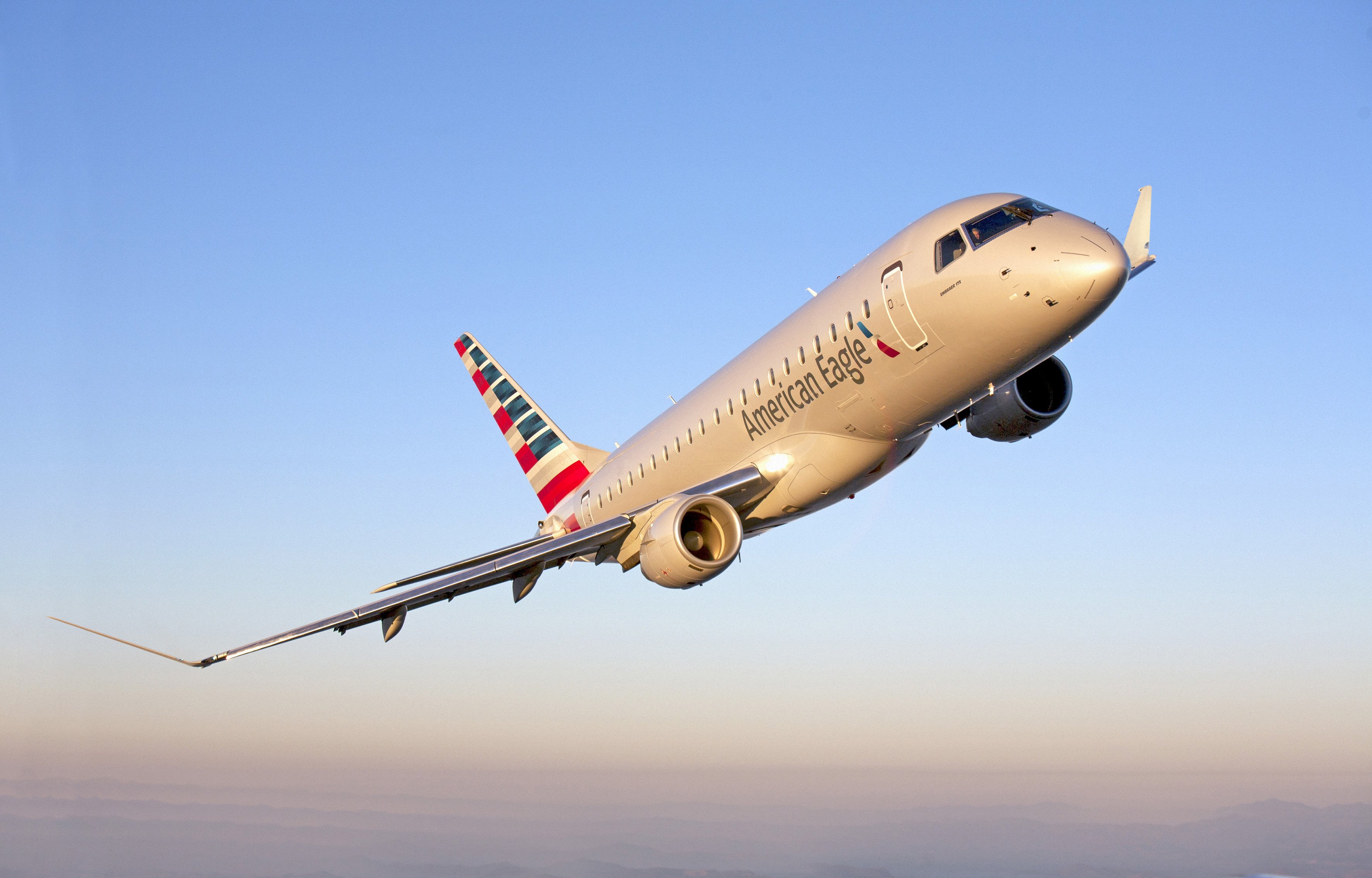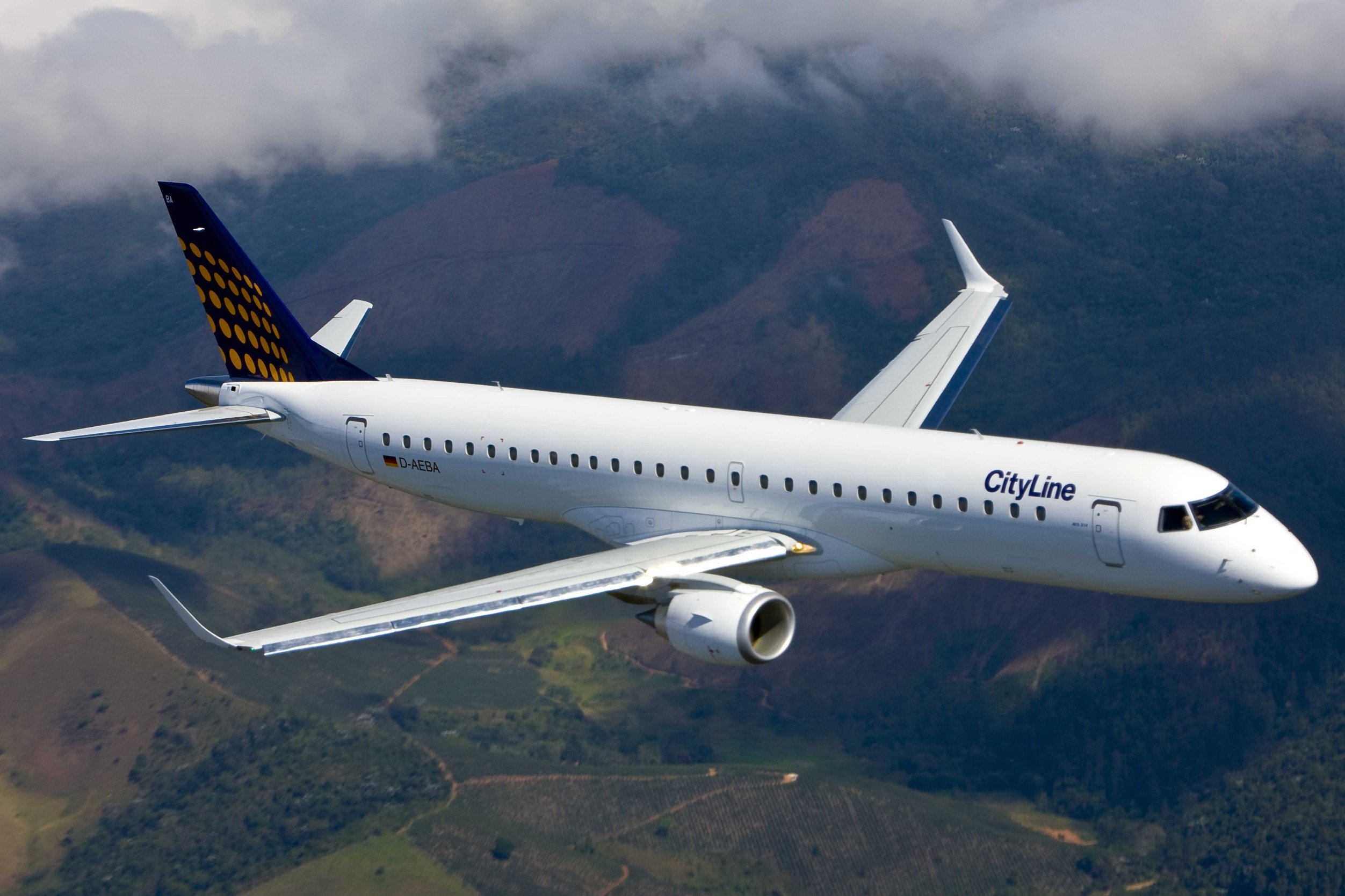Types of Passenger Planes

Passenger planes are the backbone of modern air travel, transporting millions of people across the globe every day. These aircraft come in a wide variety of sizes, ranges, and configurations, each designed to meet specific needs and cater to different travel demands. Understanding the different types of passenger planes is essential for appreciating the complexity and efficiency of the aviation industry.
Regional Jets
Regional jets are smaller aircraft typically used for shorter flights, often connecting smaller cities to major hubs. They are known for their fuel efficiency and ability to operate from smaller airports.
- Configuration: Typically configured with a single aisle and two engines, seating 50 to 100 passengers.
- Passenger Capacity: 50 to 100 passengers.
- Flight Range: 1,000 to 2,000 nautical miles.
- Examples: Embraer E175, Bombardier CRJ-900, and Mitsubishi SpaceJet.
Narrow-Body Aircraft
Narrow-body aircraft are the most common type of passenger plane, used for both short and medium-haul flights. They are characterized by their single aisle cabin and are known for their efficiency and versatility.
- Configuration: Typically configured with a single aisle and two engines, seating 100 to 200 passengers.
- Passenger Capacity: 100 to 200 passengers.
- Flight Range: 2,000 to 4,000 nautical miles.
- Examples: Boeing 737, Airbus A320, and Embraer E190.
Wide-Body Aircraft
Wide-body aircraft are designed for long-haul flights, offering more space and comfort for passengers. They feature two aisles and can accommodate a large number of passengers.
- Configuration: Typically configured with two aisles and two or four engines, seating 200 to 500 passengers.
- Passenger Capacity: 200 to 500 passengers.
- Flight Range: 4,000 to 8,000 nautical miles.
- Examples: Boeing 777, Airbus A330, and Boeing 787.
Comparison of Passenger Plane Types
| Type | Size | Range | Passenger Capacity | Examples |
|---|---|---|---|---|
| Regional Jets | Small | Short | 50-100 | Embraer E175, Bombardier CRJ-900 |
| Narrow-Body Aircraft | Medium | Medium | 100-200 | Boeing 737, Airbus A320 |
| Wide-Body Aircraft | Large | Long | 200-500 | Boeing 777, Airbus A330 |
The Passenger Plane Experience

A journey on a passenger plane is a testament to human ingenuity and a marvel of modern transportation. From the moment you check in to the time you disembark, the entire experience is a carefully orchestrated process designed to ensure your safety and comfort.
Boarding and Seat Allocation
Boarding a passenger plane is a structured process that begins with the announcement of boarding groups. Passengers are typically divided into groups based on their seating class, with first-class and business class passengers boarding first, followed by economy class passengers. Once on board, passengers are guided to their assigned seats, which are arranged in rows and columns. The seat configuration varies depending on the type of aircraft and the airline. Each seat is equipped with a seatbelt, a tray table, and a personal entertainment system.
In-Flight Amenities and Services, Passenger plane
Modern passenger planes offer a range of amenities and services designed to enhance the travel experience.
- In-flight entertainment: Passengers can enjoy a wide selection of movies, TV shows, music, and games on their personal entertainment systems. Some airlines also offer live television broadcasts and on-demand content.
- Food and beverage options: Most airlines provide complimentary meals and beverages during long-haul flights. The menu varies depending on the airline and the class of travel. Passengers can also purchase snacks, drinks, and other items from the in-flight shopping cart.
- Wi-Fi access: Many airlines offer Wi-Fi access on their flights, allowing passengers to stay connected to the internet and access their emails, social media, and other online services. Wi-Fi access is typically available for a fee.
Safety Measures and Regulations
Passenger plane operations are governed by strict safety regulations and protocols.
- Pre-flight safety checks: Before every flight, the aircraft undergoes a comprehensive pre-flight safety check to ensure that all systems are functioning properly. This includes inspections of the engines, wings, landing gear, and other critical components.
- Safety demonstrations: Before takeoff, flight attendants conduct a safety demonstration to familiarize passengers with the aircraft’s safety features and emergency procedures. This includes instructions on how to use seatbelts, oxygen masks, and emergency exits.
- Security measures: All passengers and their baggage are subject to security screening at the airport. This includes metal detectors, baggage scanners, and physical searches. The purpose of these measures is to prevent any unauthorized items from being brought onto the aircraft.
- Flight crew training: Pilots and flight attendants undergo rigorous training and certification to ensure they have the skills and knowledge necessary to operate the aircraft safely and efficiently.
The safety and security of passenger planes are paramount, with rigorous regulations and protocols in place to ensure a safe journey. While these measures are crucial, it is equally important to remain informed about significant national events, such as the abc presidential debate time , as they can potentially impact travel plans and security measures.
Maintaining a balance between individual travel needs and national security concerns is essential for a smooth and secure passenger plane experience.
Passenger planes, symbols of modern travel, often carry a surprising array of cultural influences. One unexpected example can be seen in the realm of cinema, where the iconic phrase “beetlejuice beetlejuice popcorn buckets” from the 1988 film “Beetlejuice” has become a cultural phenomenon , even influencing the design of in-flight entertainment systems.
This connection highlights how seemingly disparate elements can intersect, reflecting the interconnected nature of modern society.
